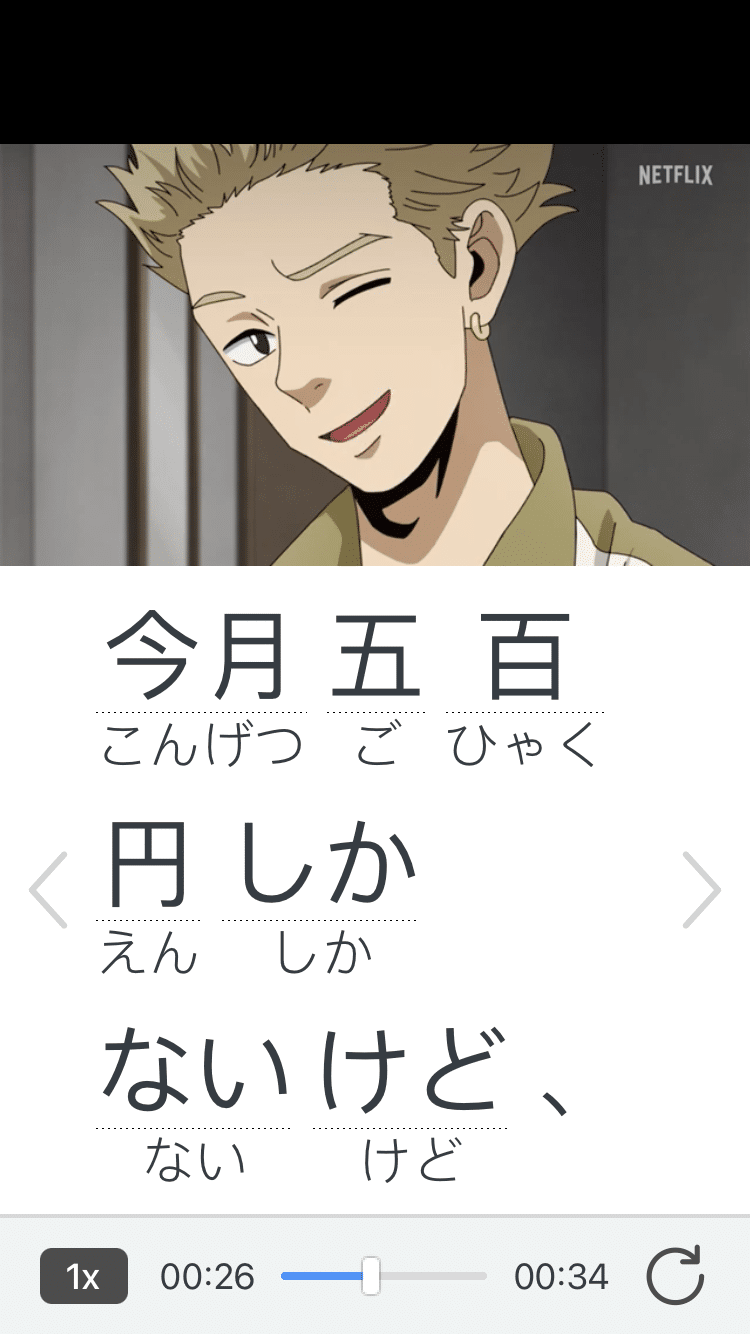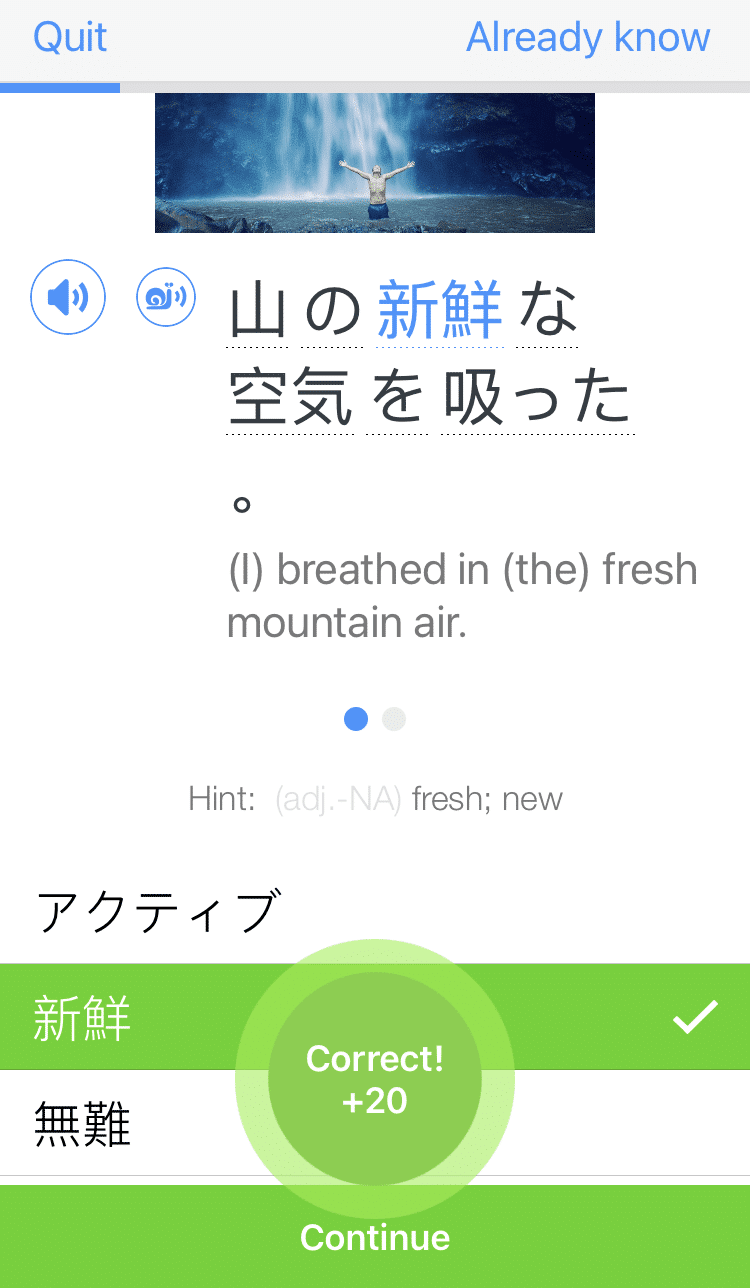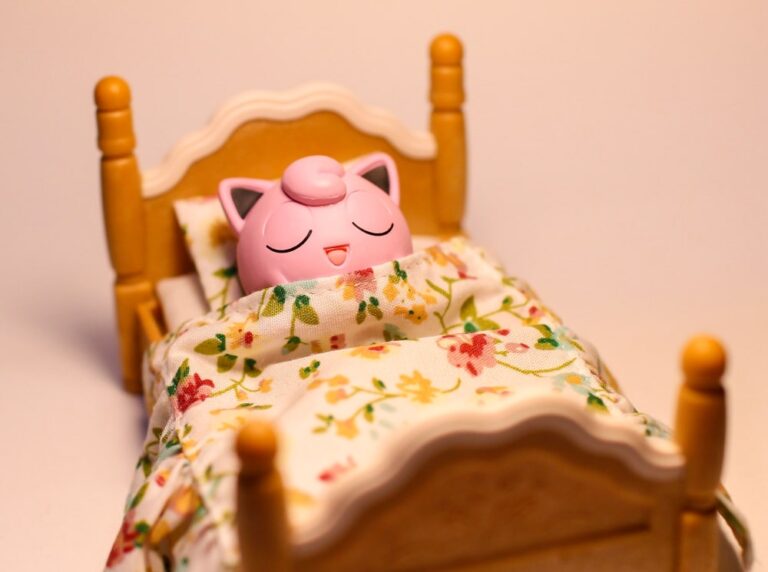70 Common Japanese School Vocabulary Words

Japanese school vocabulary isn’t just for Japanese kids. If you intend to spend any time in Japan as a friend, visitor, cultural exchange student or teacher, there’s a lot of Japanese vocabulary you’ll need to get through a day, including school-related words.
In this post, I’ll show you 70 common Japanese school vocabulary words, and how to use them in context.
Download: This blog post is available as a convenient and portable PDF that you can take anywhere. Click here to get a copy. (Download)
職員 (しょくいん) – Staff
- 校長先生 (こうちょうせんせい) – Principal
- 教頭先生 (きょうとうせんせい) – Vice principal
- 先生 (せんせい) – Teacher
- 副担任 (ふくたんにん) – Assistant
- 外国語指導助手 (がいこくご しどう じょしゅ), エーエルティー (えー える てぃー) – Assistant language teacher (ALT)
- 担任 (たんにん) – Homeroom teacher/supervisor
- 学年団長
(がくねん だんちょう), 団長
(だんちょう) – Grade leader
The 学年団長 is a teacher in charge of a particular grade, like a sub-principle for grade-related matters.
- 当番
(とうばん) – On-duty / 日直
(にっちょく) – Day-duty
In Japanese schools, it’s common for teachers to take turns unlocking buildings in the morning, closing up at night and assisting main office staff. They are the 当番 or 日直. These terms can also apply to students who have a similar role in their homeroom class.
- 教師
(きょうし) – Lecturer
A 教師 is a teacher who hasn’t yet passed all their licensing exams. They are assigned on one-year contracts at different schools until they pass. In the meantime, they can still teach on their own and have homeroom classes.
- ソーシャルワーカー – Social worker
- 看護師 (かんごし) – Nurse
Here’s a bonus staff joke:
(しょくいんは、どこでたべたり、のんだりする?しょくいんしつ。)
Where do the staff eat and drink? In the staff room.
Get it? The pronunciation for “staff” and “eating and drinking” is identical: しょくいん。
行事 (ぎょうじ) – Events
- 式 (しき) – Ceremony
- 始業式
(しぎょうしき) – Opening ceremony
Held in April to welcome students to the start of a new term.
- 終業式
(しゅうぎょうしき) – Closing ceremony
Held in March to send students off at the end of term.
- 着任式
(ちゃくにんしき) – New staff welcome ceremony
Teaching staff in Japan are routinely rotated between schools, thus new staff are routinely welcomed.
- 離任式
(りにんしき) – Staff farewell ceremony
Similarly, departing staff are routinely given a sending-off.
- 入学式
(にゅうがくしき) – Matriculation (school entrance) ceremonies
Given for students entering elementary, middle or high school for the first time.
- 卒業式 (そつぎょうしき) – Graduation ceremony
- 始業式
(しぎょうしき) – Opening ceremony
- 文化祭 (ぶんかさい) – Culture festival
- 体育祭 (たいいくさい), 運動会 (うんどうかい) – Sports festival
- 見学 (けんがく), 修学旅行 (しゅうがく りょこう), 遠足 (えんそく) – Field trip
授業 (じゅぎょう)、 部活 (ぶかつ) – Classes and Clubs
- 授業 (じゅぎょう) – Class
- 科目 (かもく) – Subject
- 数学 (すうがく) – Mathematics
- 技術
(ぎじゅつ) – Industrial Arts
The equivalent of “shop class” in the United States.
- 国語
(こくご) – Language Arts, Japanese
The language class for native speakers, like “English” in English-speaking countries. In Japan, this includes Chinese characters and traditional calligraphy in addition to grammar and literature.
- 道徳
(どうとく) – Moral education
A big feature in Japanese schools. For example, a class might focus on learning empathy for people with disabilities. As a practical exercise, some students would be blindfolded or restricted to a wheelchair, and other students would be challenged to lead them around the school.
- 学活
(がっかつ) – Class activities
Includes non-subject-specific tasks for a homeroom group such as preparing their classrooms or making materials for events (banners, class photos and so on).
- 部活動 (ぶかつどう) – Extracurricular activity
- 部活 (ぶかつ) – Club
- サークル (さーくる) – Sport club
- 生徒会 (せいとかい) – Student council
- 書道 (しょどう), 習字 (しゅうじ) – Calligraphy
- 水泳部 (すいえいぶ) – Swimming club
- 陸上部 (りくじょうぶ) – Track and field club
- 茶道部 (さどうぶ) – Tea ceremony club
- 吹奏楽部 (すいそうがくぶ) – Brass band club
学用品 (がくようひん) – School Objects
- ランドセル
– Randsel
A randsel is a style of backpack used by Japanese elementary students. The backpack is firm-sided and made of leather, unlike the more bag-like backpacks common in higher grades or other countries.
- 制服 (せいふく) – Uniform
- 運動靴 (うんどうぐつ) – Outdoor shoes
- 上靴
(うわぐつ) – Indoor shoes
Some schools may also require “gym shoes” for use only in the gymnasium. Different schools may have more strict or more relaxed policies about what shoes may be worn in which places.
- 靴箱 (くつばこ) – Shoe box/locker
- 輪車
(いちりんしゃ) – Unicycle
Yes, learning to ride a unicycle is normal at Japanese elementary schools!
- 教科書 (きょうかしょ) – Textbook
- 筆箱 (ふでばこ) – Pencil case
- 付箋 (ふせん)、 メモ (めも) – Sticky note/memo
- 名札 (なふだ) – Name badge
- 黒板 (こくばん) – Blackboard
- 定規 (じょうぎ)、 物差し (ものさし) – Ruler
日常生活 (にちじょう せいかつ) – Daily Life
- 学校が (っこう) – School
- 成績 (せいせき) – Grade
- 出席番号
(しゅっせき ばんごう) – Student number
In homeroom, students are assigned numbers, usually based on where their surnames fall alphabetically. Sometimes teachers use student numbers to determine which student will do a demonstration or answer a question (“Today is the 15th… so who is number 15?”).
- 塾
(じゅく) – Cram school
Students may go to a cram school after school to study for exams or further their knowledge in certain subjects. For many students, cram school is in addition to club activities.
- 試験 (しけん), テスト (てすと) – Exam
- 給食
(きゅうしょく) – School lunch
While some Japanese schools have cafeterias, most students eat a shared lunch in their classroom, with their teacher.
- 昼休み (ひるやすみ) – Recess
- 掃除 (そうじ) – Cleaning time
その他 (そのた) – Miscellaneous
- 朝礼 (ちょうれい) – Morning assembly
- 教育委員会 (きょういく いいんかい) – Board of education
- 職員異動 (しょくいん いどう) – Staff shifting
- 休み (やすみ), 休暇 (きゅうか) – Vacation
- 特別休暇
(とくべつ きゅうか) – Special holiday
National holidays or mandatory vacations, like o-bon or Christmas.
- 有給休暇 (ゆうきゅう きゅうか) – Paid vacation
- 病気休暇 (びょうき きゅうか) – Sick leave
- 代休
(だいきゅう) – Compensatory holiday
A 代休 may be received in exchange for working extra days, i.e. coming in on a weekend.
- 振り替え休日
(ふりかえ きゅうじつ) – Day off
Sometimes the entire school comes in on a weekend for a sport day or culture festival. The staff and students will then get a 振り替え休日 when the school closes during the week.
学校での一日 (がっこうでの いちにち) – A Day at School
Meet Motohiro Fujimura. He’s a second grade student in junior high school (the equivalent of American 8th grade) at a small school in Takamatsu, Kagawa, Japan.
Every morning, he wakes up at 6:00 in the morning, eats a breakfast of toast, cereal and scrambled eggs, puts on his 制服 (せいふく, uniform), grabs his duffel bag and helmet, and rides his bike to school. At 7:00 he has his 部活動 (ぶかつ, club activity), soccer/football, on the field.
After a grueling half hour of drills, he changes out of his gym clothes and back into his uniform, takes off his 運動靴 (うんどうぐつ, outdoor shoes), puts on his 上靴 (うわぐつ, indoor shoes), greets his 担任 (たんにん, homeroom teacher) and her 副担任 (ふくたんにん, assistant), puts his belongings into a cubby/locker and sits down to read a book.
His grade level doesn’t have a 朝礼 (ちょうれい, morning meeting) today, so they immediately get started on homeroom activities. He did his homework for 国語 (こくご, Japanese) and 技術 (ぎじゅつ, Industrial Arts), but left his 数学 (すうがく, math) notebook at school.
Oh no! He’ll turn in that homework tomorrow.
At 11:50, the students clean up the room and put on their aprons, cook’s hats and face masks to get ready for 給食 (きゅうしょく, school lunch). Excited for a break, the students race each other to the lunch room to grab the metal containers of food. Skidding down the hallways, they sprint back to the classroom, where they start dividing out equal portions of udon, curry, seaweed salad and deep-fried bread.
The lunch leader greets the students, いただきます! (“We humbly receive this meal. Eat up!”). When it’s time to clean up, the greeter says the closing words, ごちそうさまでした! (“Thank you for the meal!”).
Finally, 昼休み (ひるやすみ, recess time). The students find ways to let off steam and entertain themselves on campus. When recess ends, they file back into their homerooms for the last two classes of the day.
掃除 (そうじ, Cleaning time)! The students help clean the school, focusing on the tasks assigned to them at the beginning of each semester, whether it’s mopping that one spot in front of the staff room that’s always inexplicably dirty or “sweeping” the school grounds (chasing each other with the brooms).
The clock hits 3:30 and it’s time for club activities and 生徒会 (せいとかい, student council) meetings until as late as 6:30 in the evening.
The rest of the evening is an exhausted blur.
Now you have some key vocabulary to help you talk about school related topics with more confidence!
Download: This blog post is available as a convenient and portable PDF that you can take anywhere. Click here to get a copy. (Download)
And One More Thing...
If you love learning Japanese with authentic materials, then I should also tell you more about FluentU.
FluentU naturally and gradually eases you into learning Japanese language and culture. You'll learn real Japanese as it's spoken in real life.
FluentU has a broad range of contemporary videos as you'll see below:

FluentU makes these native Japanese videos approachable through interactive transcripts. Tap on any word to look it up instantly.

All definitions have multiple examples, and they're written for Japanese learners like you. Tap to add words you'd like to review to a vocab list.

And FluentU has a learn mode which turns every video into a language learning lesson. You can always swipe left or right to see more examples.

The best part? FluentU keeps track of your vocabulary, and gives you extra practice with difficult words. It'll even remind you when it’s time to review what you’ve learned. You'll have a 100% personalized experience.
Start using the FluentU website on your computer or tablet or, better yet, download the FluentU app from the iTunes or Google Play store. Click here to take advantage of our current sale! (Expires at the end of this month.)







